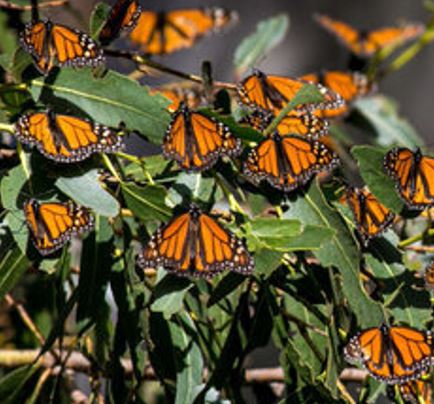It takes millennia for specialized insect-plant relationships to develop. Many of these plants provide a specialized chemical supporting the needs of specific insects. These plants are referred to as a Host Plant. One of these host plants is the Milkweed, a plant that caterpillars depend upon. The Monarch butterfly will only lay its eggs on these host plants. With a decline of milkwood plants, there is a decline of Monarch butterflies. Today, the Monarch butterfly population has declined between 85% to 95% since the 1990's. Recently, scientists put the iconic orange and black insect on the endangered list because of its fast-dwindling numbers. This is just a few steps closer to being extinct.
Nonprofit organizations like "Native Flora Seeds, Inc." have taken the charge to help reverse this decline. Yes, there is hope if we can begin to restore the host plants which impact all of our insects. The first step is to realize these plants all begin with seeds or bulbs. This is the charter for Native Flora Seeds to provide native plant seeds to help homeowners across the country adding host plants to their residential gardens, and to also adding host plants to our idle farmland.

Female monarchs lay their eggs on milkweeds and once hatched, caterpillars feed on the plants for up to two weeks before forming chrysalises. Both caterpillars and adult butterflies store the plants' distasteful chemicals in their bodies, giving them some protection from predators.
There are a number of threats to monarch butterflies including habitat loss, climate change and agricultural pesticide use that is reducing milkweed populations.
"What we're worried about is the rate of decline," said Nick Haddad, a conservation biologist at Michigan State University. "It's very easy to imagine how very quickly this butterfly could become even more imperiled."
"There are many organizations chartered to have a positive impact" said Jim Carras, Volunteer with the nonprofit Native Flora Seeds, Inc. "we could have a positive impact if home gardens would contain just 10% native host plants. Also, a small percentage of idle farmland would create a significant positive impact."
Visit Native Flora Seeds to purchase seeds for your garden.

Leave a comment